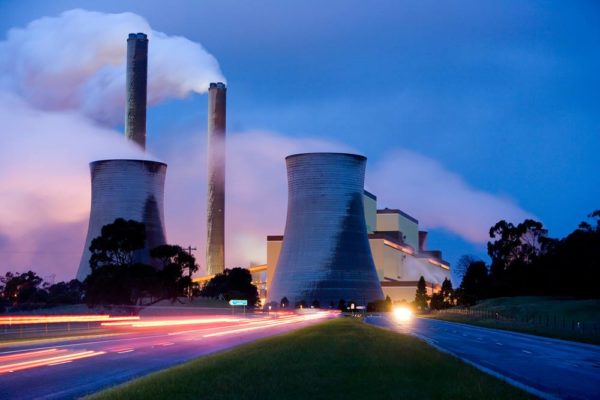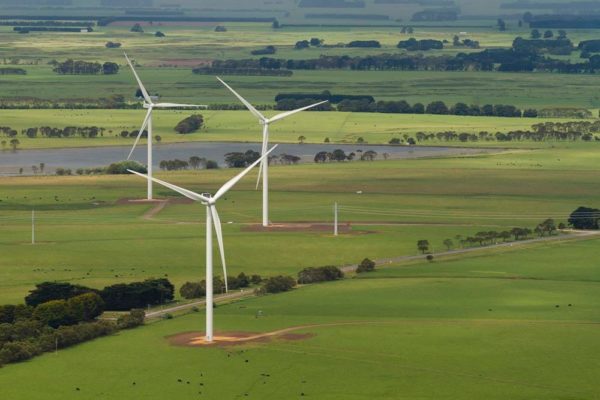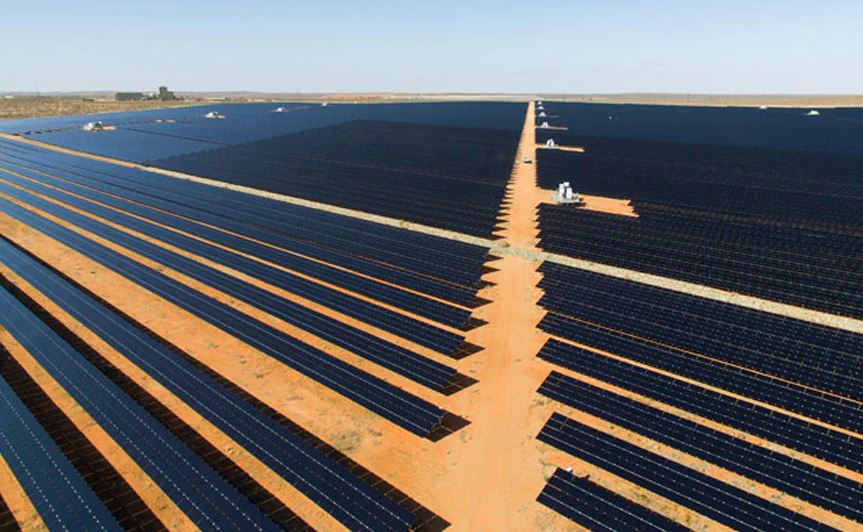After months of deliberations, AGL has confirmed it will progress with plans to split into two companies – Accel Energy, a baseload power producer, and AGL Australia, a multi-product energy retailer and energy trading and storage business retaining the AGL brand.
In an ASX announcement on Wednesday, AGL confirmed it will proceed with plans to partition itself into two energy businesses with separate strategies.
Accel Energy will retain the company’s coal-fired power plants and wind farm contracts, and would spin off AGL Australia, the country’s biggest retailer of electricity and gas, into a separately listed company.
AGL chairman Peter Botten said moving forward as two independently listed companies would give the retail business and the generator business the individual freedom to pursue their own agendas.
“For Accel Energy, this means focusing on the transition of its existing electricity generation assets and investment in the long-term rejuvenation of its valuable operating sites as low-carbon industrial energy hubs, as well as new clean energy projects,” he said.
“For AGL Australia, it means focusing on being Australia’s leading multi-product energy retailing business while investing in flexible energy trading, storage and supply and decentralised energy services.”
Accel Energy will be Australia’s largest electricity generator, generating around 20% of the electricity demand in the National Electricity Market (NEM).

Image: AGL
It will house the group’s coal-fired assets, including the Loy Yang A, Macquarie Generation and Torrens Island sites, with a focus on the redevelopment of the sites into low-carbon industrial energy hubs.
Accel Energy will also be Australia’s largest operator and offtaker of wind energy via the Macarthur, Hallett, Wattle Point and Oaklands Hill wind farms, with the potential to develop 1.6 GW of new wind projects.
The newly created AGL Australia will be Australia’s largest energy-led multi-product retailer of essential services to households and businesses, providing more than 4.5 million customers with electricity, gas, broadband and other services.
AGL Australia will also own and operate Australia’s largest private hydro fleet, fast start gas-fired power stations, a growing battery development portfolio and its 20% investment in renewables firm PowAR, which includes the Broken Hill Solar Farm in its portfolio of renewable assets.
AGL expects to complete the demerger by June 2022.
The demerger announcement comes after months of speculation as to whether the plans, first announced by former AGL chief, Brett Redman, would go ahead after his departure in April.

Image: AGL
Botten said on Wednesday it was only after careful consideration that the board had decided to move ahead with demerger plans, first announced in March.
“The impact of recent challenging market conditions on our financial performance emphasises that AGL Energy is now at an inflection point, as the transition of the energy sector accelerates, driven by the rapid evolution in renewables and decentralised energy technology, customer needs and community expectations,” he said.
“After careful consideration, the board has confirmed that AGL Energy should move forward as two independently-listed companies.”
“The clarity of purpose created by this change will protect shareholder value, enabling each business to focus on their respective strategic opportunities and challenges presented by the accelerating energy transition.”
Graeme Hunt, currently Interim managing director and CEO of AGL Energy will serve as CEO of the new Accel Energy.
Christine Corbett, chief customer officer of AGL Energy since 2019, will assume the managing director and CEO roles of the new AGL Australia.
The demerger announcement came on the same day that AGL said full-year earnings for the year to June 30 will be “within the lower half of the previous range of $1,585 million to $1,845 million”, and underlying profit in the middle of $500 million to $580 million, including a $90 million insurance payout from a 2018-19 outage at the Loy Yang A power station.
This content is protected by copyright and may not be reused. If you want to cooperate with us and would like to reuse some of our content, please contact: editors@pv-magazine.com.









By submitting this form you agree to pv magazine using your data for the purposes of publishing your comment.
Your personal data will only be disclosed or otherwise transmitted to third parties for the purposes of spam filtering or if this is necessary for technical maintenance of the website. Any other transfer to third parties will not take place unless this is justified on the basis of applicable data protection regulations or if pv magazine is legally obliged to do so.
You may revoke this consent at any time with effect for the future, in which case your personal data will be deleted immediately. Otherwise, your data will be deleted if pv magazine has processed your request or the purpose of data storage is fulfilled.
Further information on data privacy can be found in our Data Protection Policy.